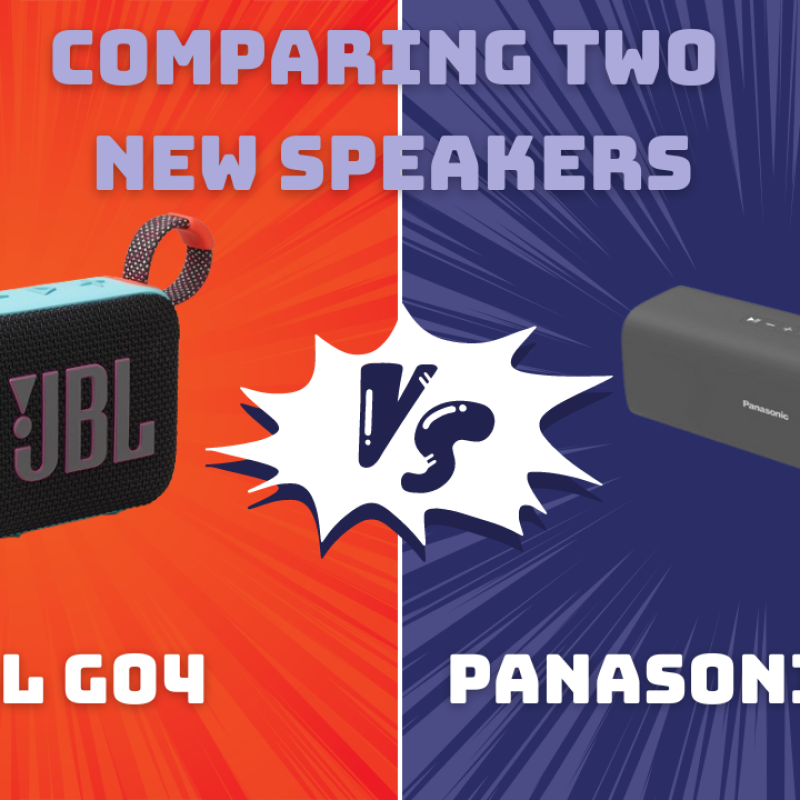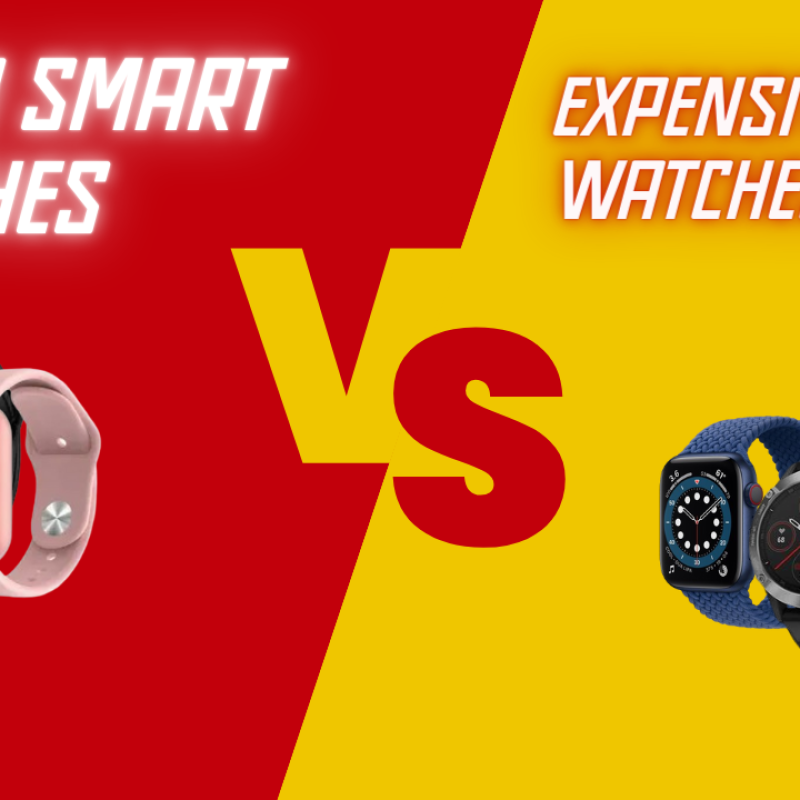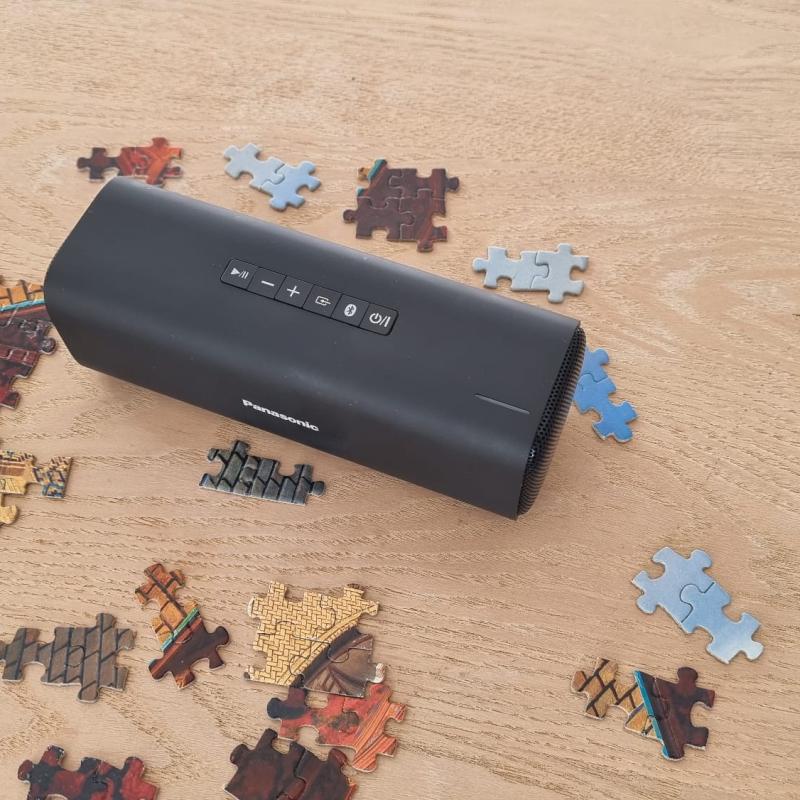In today's fast-paced world, smartphones have become an integral part of our lives. As we rely more and more on our mobile devices, the importance of having a reliable and efficient charging solution cannot be overstated. With the advent of wireless charging technology, users now have an alternative to the traditional wired chargers. In this article, we will explore the pros and cons of both wireless and wired mobile chargers, helping you make an informed decision based on your charging needs.
Wireless Chargers
Wireless charging, also known as inductive charging, offers a convenient way to power up your mobile device without the hassle of cables. It relies on electromagnetic fields to transfer energy from the charger to your smartphone. Here are some key advantages and drawbacks of wireless chargers:
Advantages
1. Convenience: Wireless chargers eliminate the need for plugging and unplugging cables. Simply place your device on the charging pad or stand, and it will start charging automatically. This effortless charging experience is particularly useful for frequent charging throughout the day.
2. Reduced wear and tear: Since there are no physical connectors involved, wireless charging minimizes wear and tear on the charging port of your device. This can help extend the lifespan of your smartphone by preventing damage to the charging port caused by frequent cable connections.
3. Compatibility: Many modern smartphones and accessories now support wireless charging, making it a widely adopted technology. With a compatible device, you can charge your phone by simply placing it on any Qi-certified wireless charging pad or stand.
Drawbacks
1. Slower charging speed: Wireless charging is generally slower compared to wired charging. The efficiency of power transfer through electromagnetic fields is lower, resulting in longer charging times. However, advancements in wireless charging technology are continually improving charging speeds.
2. Limited mobility: With a wired charger, you have the flexibility to use your device while it charges. In contrast, with wireless charging, your device must remain in close proximity to the charging pad or stand, limiting mobility.
Wired Chargers
Traditional wired chargers have been the go-to method for charging smartphones for years. These chargers utilize a cable that connects the device to a power source. Let's explore the advantages and disadvantages of wired chargers:
Advantages
1. Faster charging: Wired chargers typically deliver a higher wattage, resulting in faster charging times compared to wireless chargers. This is especially beneficial when you need to quickly charge your device, such as in emergencies or when time is limited.
2. Flexibility: With a wired charger, you have the freedom to move around and use your device while it charges. This is particularly advantageous when you need to use your smartphone while it's connected to a power source.
3. Wide availability: Wired chargers are universally compatible with almost all smartphones and other devices that use USB or Lightning ports. They are widely available and come in various lengths and styles, making them easily accessible for users.
Drawbacks
1. Wear and tear: Frequent plugging and unplugging of the charging cable can cause wear and tear on both the cable and the device's charging port. Over time, this can lead to connection issues or even damage to the port, requiring repairs or replacements.
2. Cable management: Dealing with cables can be cumbersome, especially when traveling or in cluttered spaces. It's common to encounter tangled cords or accidentally disconnecting the charger when not properly secured.
Conclusion
Choosing between wireless and wired chargers ultimately depends on your personal preferences and charging needs. Wireless chargers offer convenience and reduced wear on the charging port but come with slower charging speeds and limited mobility. Wired chargers, on the other hand, provide faster charging, flexibility, and wider compatibility but may require careful cable management and


 English
English




